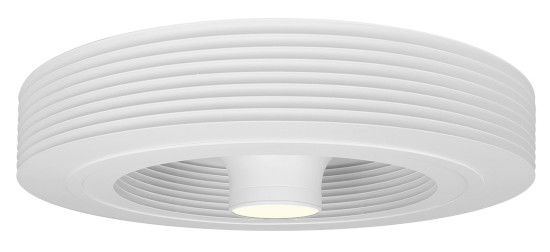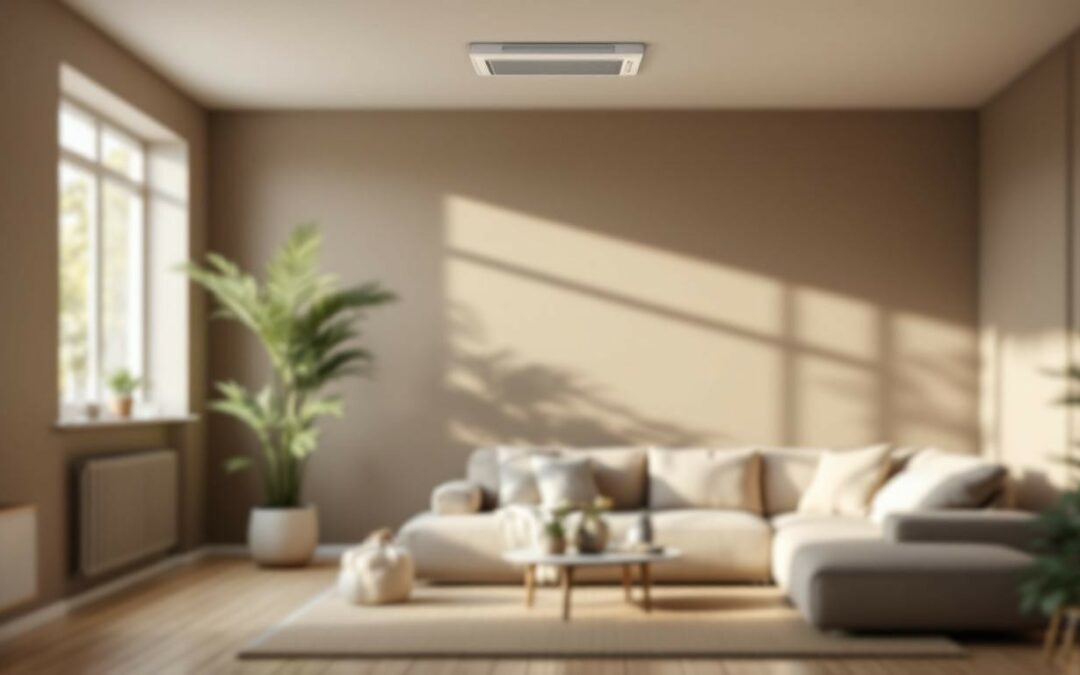Finding out how to ventilate a house without using a single-flow or double-flow mechanical ventilation system is a question many people ask, especially when aiming to maintain healthy indoor air without major renovations. Rest assured, there are many alternatives to ensure effective air circulation. You can opt for natural ventilation or explore more modern solutions such as a ceiling fan. Each option has its own advantages, so it’s worth exploring them all.
Is it possible to ventilate your home without a mechanical ventilation system?
It’s not necessarily recommended, but certain circumstances mean that some buildings need to be ventilated without a mechanical ventilation system: avoiding complex installations, reducing electricity consumption, or simply preserving the charm of an old home. In older houses, there is often no provision for a ventilation duct network, and undertaking major renovation work is not always an option.
Sometimes it’s also about addressing a specific problem: excess humidity that encourages mold growth, lingering odors, or stale air stagnating in certain rooms. In such cases, various techniques can help renew the air without relying on a centralized mechanical extraction system.
What are the principles of ventilation by opening windows?
Airing out a home by opening windows remains the most direct way to renew indoor air. This action helps remove humidity, pollutants, and carbon dioxide that build up inside. The principle relies on natural phenomena: wind and temperature differences between indoors and outdoors create air movement, encouraging exchange.
For it to be effective, simply open the windows wide for a few minutes, ideally several times a day. A draft created between two opposite openings further speeds up air renewal.
The importance of openings and window ventilation
Regularly opening the windows remains essential, especially during activities that generate a lot of steam—cooking, bathing, or drying clothes. Two daily sessions of around ten minutes are often enough to renew the air, lower humidity, and limit mold growth.
It is advisable to choose times when outdoor pollution is low, especially in urban areas. In the countryside, opening windows makes even more sense: since the air is generally less polluted, it directly contributes to better indoor air quality.
The ceiling fan: a modern and versatile solution
To even out the room temperature and break up hot or cold layers, the ceiling fan stands out as an innovative alternative. Unlike systems that extract or supply air, it simply moves the air and ensures gentle circulation throughout the room.
Thanks to its operation, it reduces stagnant humidity and facilitates dehumidification without creating a harsh draft. The ceiling fan therefore actively contributes to better thermal comfort in both summer and winter, while improving indoor air quality.
Benefits of a ceiling fan in a home
One of the major advantages of the ceiling fan is that it requires no complex installation or major modifications to the home. Once in operation, it quickly reduces temperature differences between the floor and ceiling, making the room more comfortable in any season.
Installed on the ceiling, it frees up floor space, operates quietly, and does not dry out the air abruptly. Its ability to run continuously or on demand helps prevent lingering odors and maintain healthy air over time.
The Exhale ceiling fan: the blade-free revolution
Among the latest innovations, the Exhale ceiling fan stands out as a bladeless ceiling fan. Its unique operation draws air from all around and redistributes it 360 degrees throughout the room, ensuring uniform and continuous air circulation.
This bladeless model offers several advantages: it limits dust dispersion, simplifies maintenance, and provides increased safety, especially in homes with children or pets. By circulating air evenly, it eliminates dead zones and optimizes natural ventilation throughout the day, while seamlessly integrating into a modern interior with its sleek design.

Exhale: the first bladeless vortex-effect ceiling fan
Are you a professional? We have a dedicated section just for you.
Find Exhale Fans Europe on Linkedin

